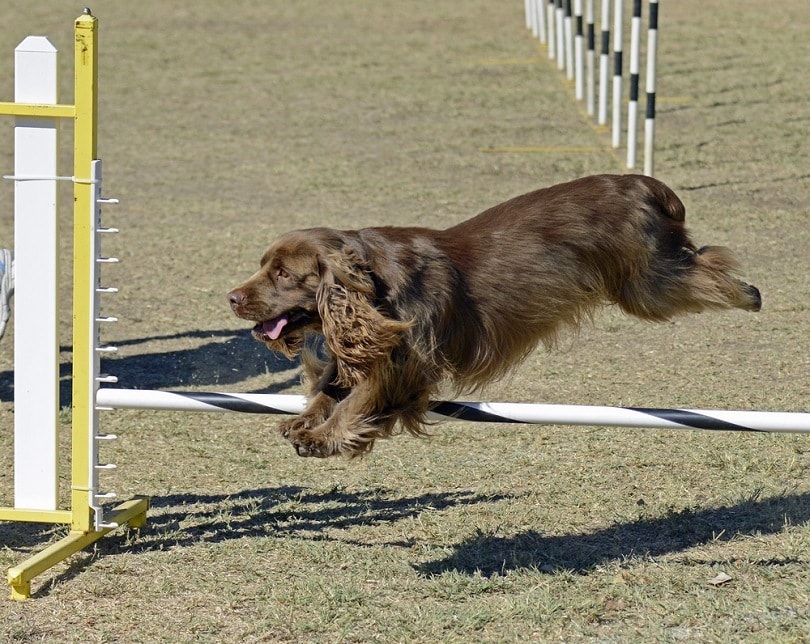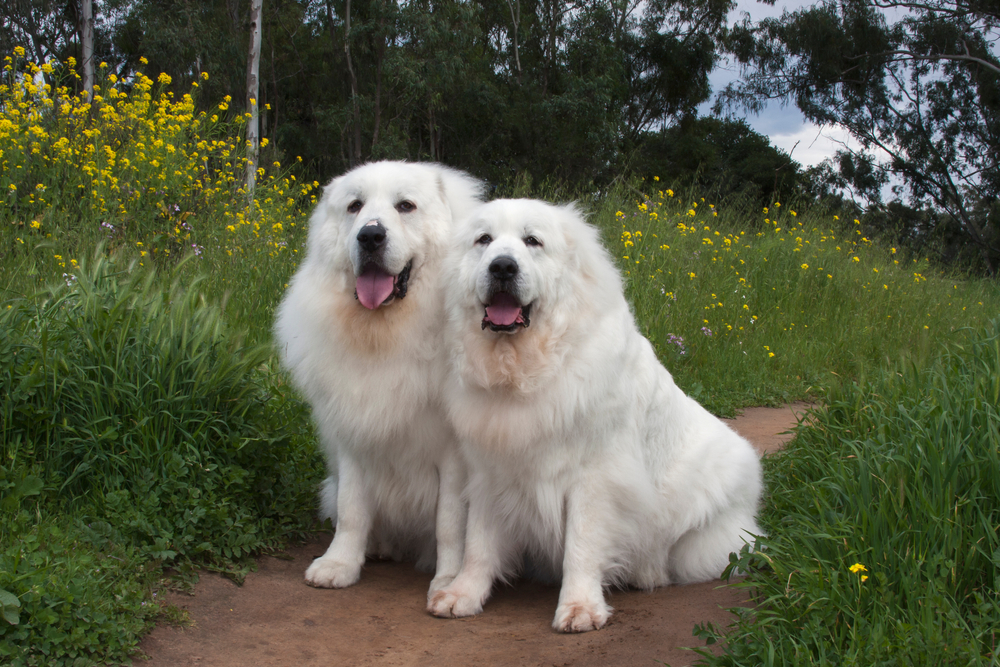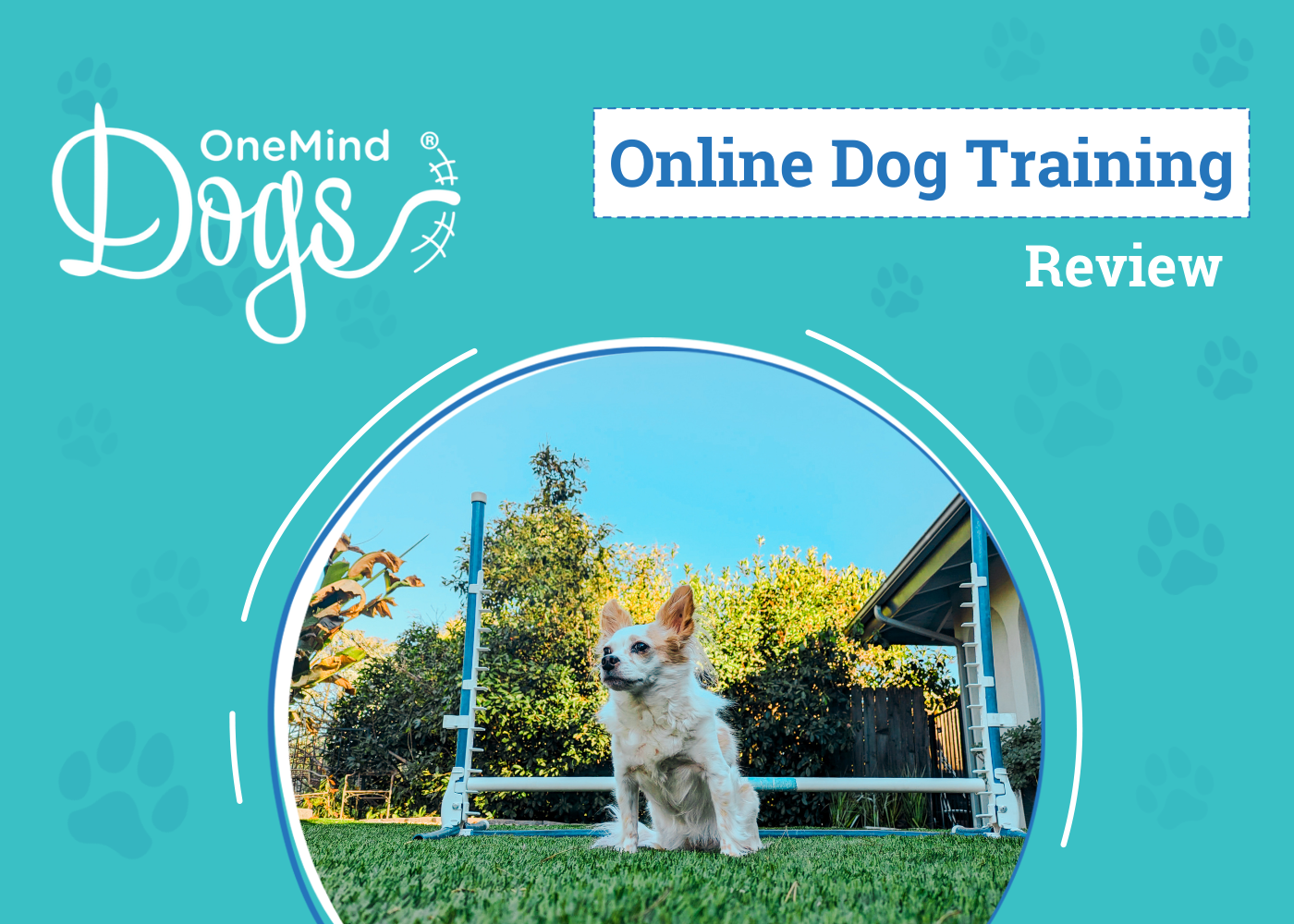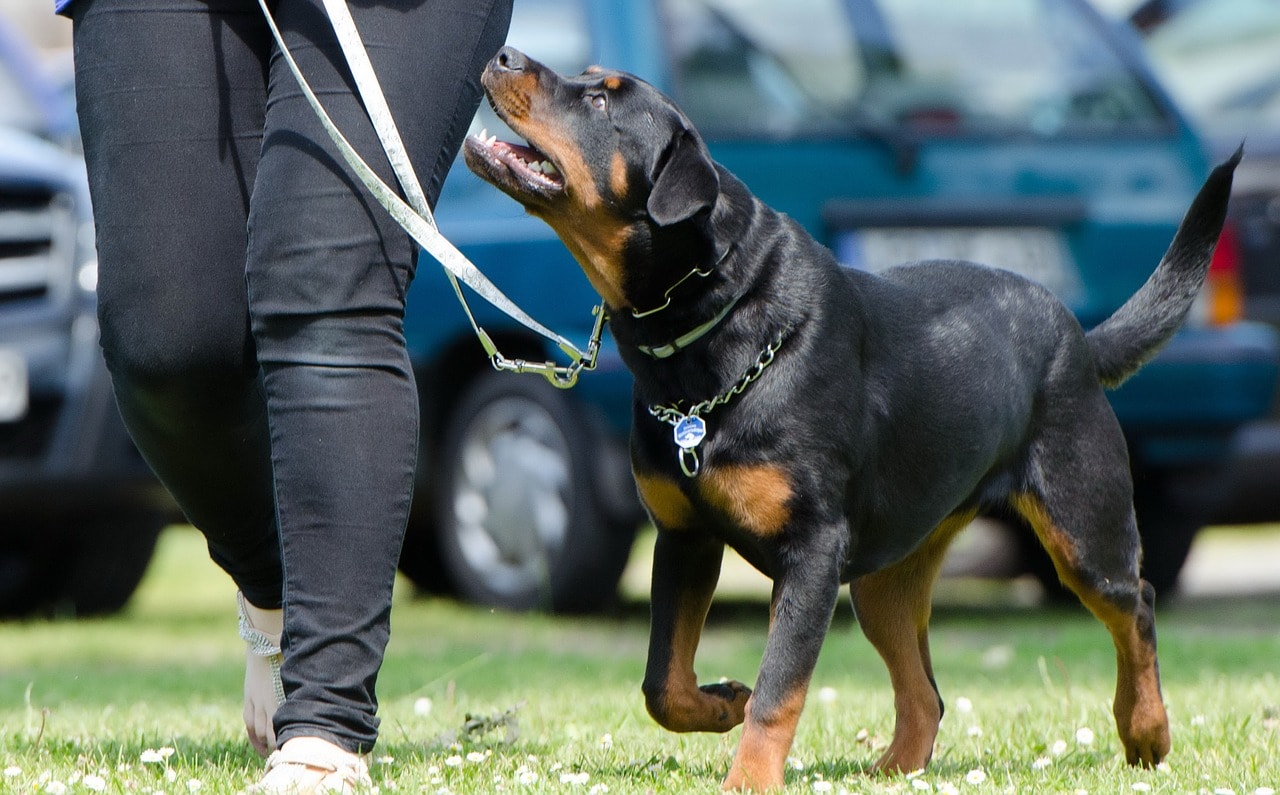Click to Skip Ahead
Dog training can be simple or complex, depending on what kind of training you want your dog to have. Basic commands like sit, stay, and lay down are all well and good, but dog training can go a lot deeper than just the basics. Dogs are highly intelligent creatures able to learn a variety of different tasks, jobs, tricks, and more. They’ve been trained for very specific jobs, which they can carry out professionally.
In this article, we’re going to discuss eight very specialized types of training that dogs can undergo to gain specific skills for various tasks, jobs, and competitions. But first, we will discuss four styles of dog training that can be applied to most of the types of dog training.
The Four Common Dog Training Methods
Every dog trainer has the school and style that they prefer. This could be based on a particular training tool or just a manner in which they communicate with the dogs they’re training. Some types of training might work better with some dogs, depending on their personality. Many trainers use a combination of the following methods.
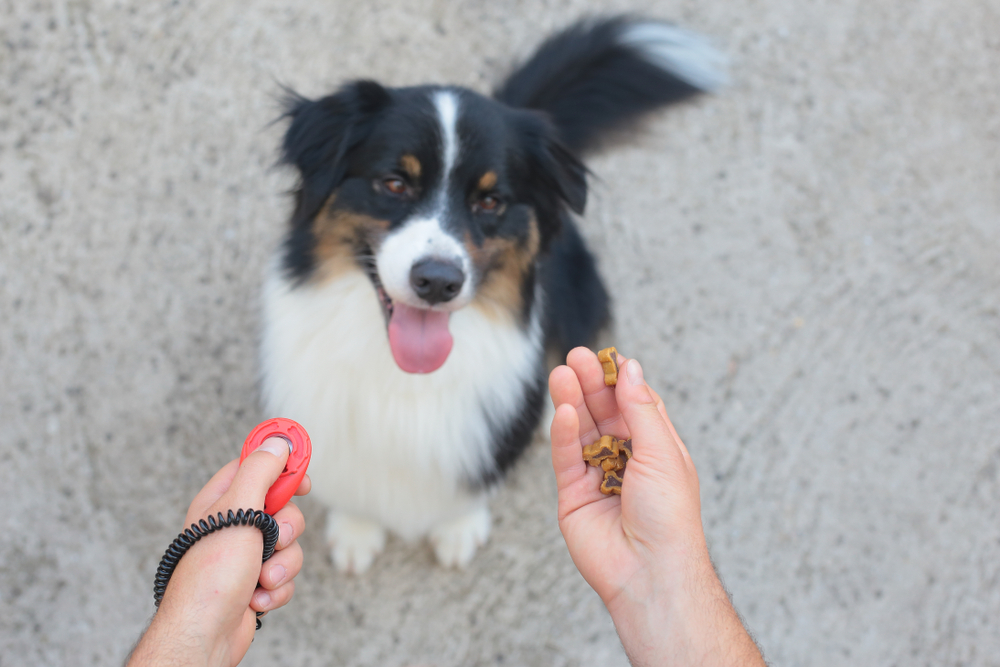
- Positive Reinforcement: Positive reinforcement is all about rewarding good behavior. When using this style of dog training, you avoid punishing the dog for bad behaviors, instead, redirecting them and only rewarding them for good behaviors with treats, praise, and toys.
- Dominance Training: Dominance training is training that’s centered around you being the alpha of the pack, and that your dog is subordinate to you. This type of training employs methods such as walking in front of your dog, being the first to go through doors, and eating before your dog does.
- E-Collar Training: E-collar training utilizes an electric collar to correct unwanted behaviors. The collar can shock, vibrate, or simply make a noise, depending on what you prefer and how the dog reacts. They have a remote that allows you to redirect the dog from afar the moment that it exhibits an undesired behavior.
- Clicker Training: Clicker training is essentially signaled positive reinforcement. The clicker is used to signal that the dog has done what you want, indicating that it’s time for a reward. While this is great for teaching new behaviors and tricks, it’s not a straightforward method for stopping behaviors you don’t want.
The 8 Specialized Types of Dog Training
These types of training are far more advanced than basic commands. Not every dog will be able to advance to these types of specialized training, though some special dogs can excel in such training and perform admirably at the tasks they were trained for. It also takes a professional trainer to prepare dogs in these training types; inexperienced dog owners won’t have the skills necessary to work with dogs on such a level.
1. Advanced Obedience Dog Training
Every dog should undergo obedience training, at least on a basic level. This should begin early in life with the simplest commands of sit and stay. This type of training is meant to prepare your dog for the many social situations, diverse scenarios, and stimuli they might encounter throughout their life. You want to make sure you can get your dog under control when the moment counts, which is why obedience training is so important. It’s also a great way to further strengthen the bond between you and your dog.

2. Behavioral Modification & Extinction Training
Behavioral training is focused on helping your dog unlearn bad behaviors that you don’t want to see. It’s used to stop things like digging, excessive barking, biting, poor walking skills, accidents in the house, and much more. This is perfect for dogs that are currently having such behavior problems as it can help them to start behaving properly, which will enable them and their family to live much happier.
If you are concerned about your dogs behavior, we suggest speaking to a vet.

If you need to speak with a vet but can’t get to one, head over to PangoVet. It’s an online service where you can talk to a vet online and get the personalized advice you need for your pet — all at an affordable price!
3. Nose Work, Tracking & Search & Rescue
If dogs are trained to use their sniffers great things can be achieved. Nose work is the most basic form and it can be a very simple kind of training used for enrichment and fun.
Tracking is when a dog is trained to find something based on a scent trail. Some breeds are particularly adept at such work thanks to extra-song sniffers. These dogs can be used to track many different things, from using it as a sport or game to letting the dog track down animals for the hunt, to even tracking bombs or drugs in serious police and military work.
Search and rescue trained dogs have helped save millions of lives in natural disaster situations by helping us locate and rescue people trapped under collapsed buildings from earthquakes and other disasters. To date, we haven’t been able to invent a machine that can replace the amazing sense of smell of our beloved best pals.

4. Therapy Training
Therapy dogs are not service dogs. Rather, they’re meant to provide comfort for people in vulnerable positions, such as kids with disabilities, people who are sick in hospitals, or those who are dying in hospice. While therapy dogs don’t have any special privileges or protections under the law, they do need to pass the American Kennel Club therapy dog test for certification, which requires them to be exceptionally well-trained, calm, gentle, and friendly with strangers.
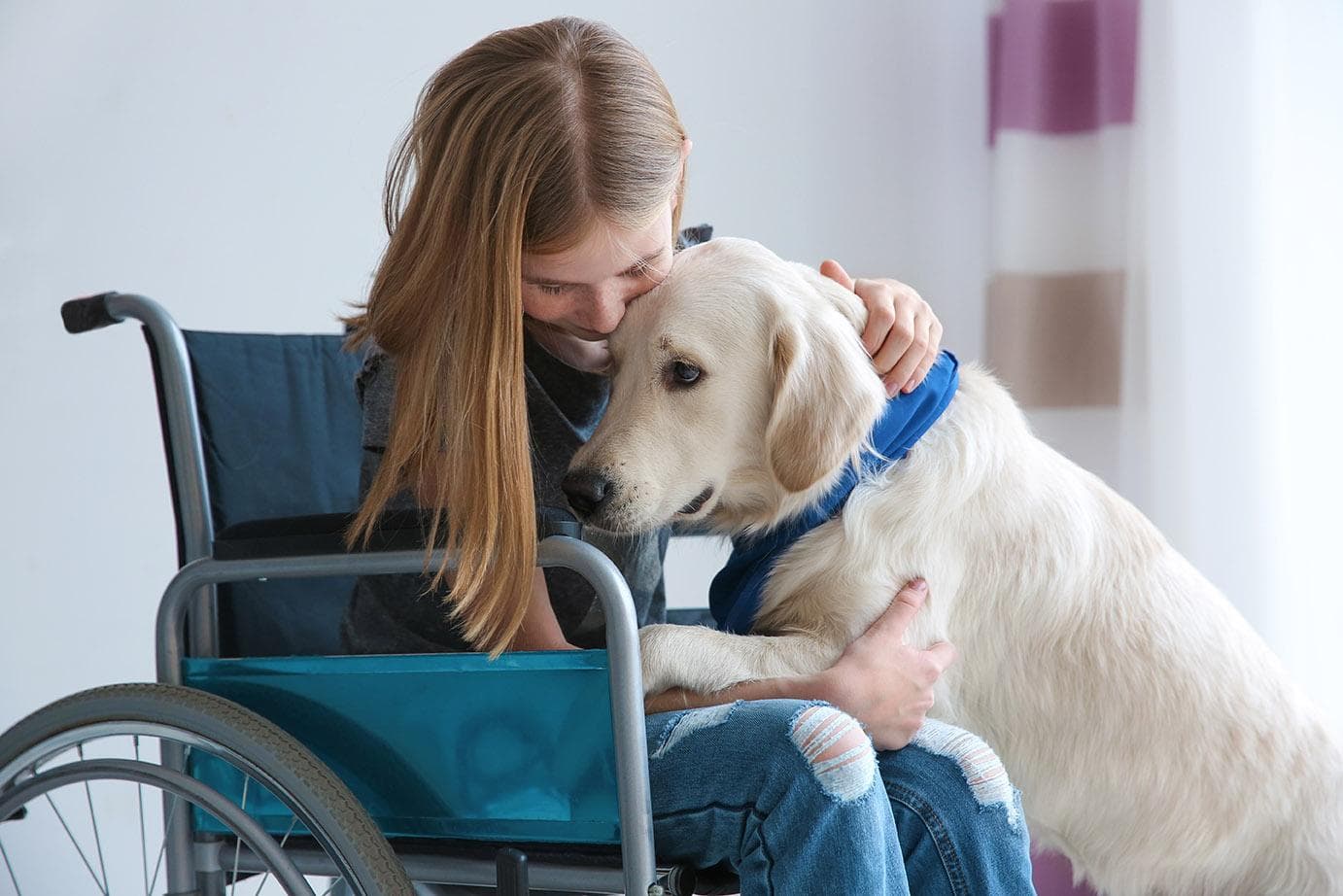
5. Agility Training
Agility training is the training you do for your dog to be able to run through agility courses. You’ll be taking the dog over, around, and through different obstacles, providing excellent mental and physical stimulation. Some of the obstacles that are commonly used include hurdles for jumping, weaving in and out of poles, running through a tunnel, or running up and down a teeter-totter.
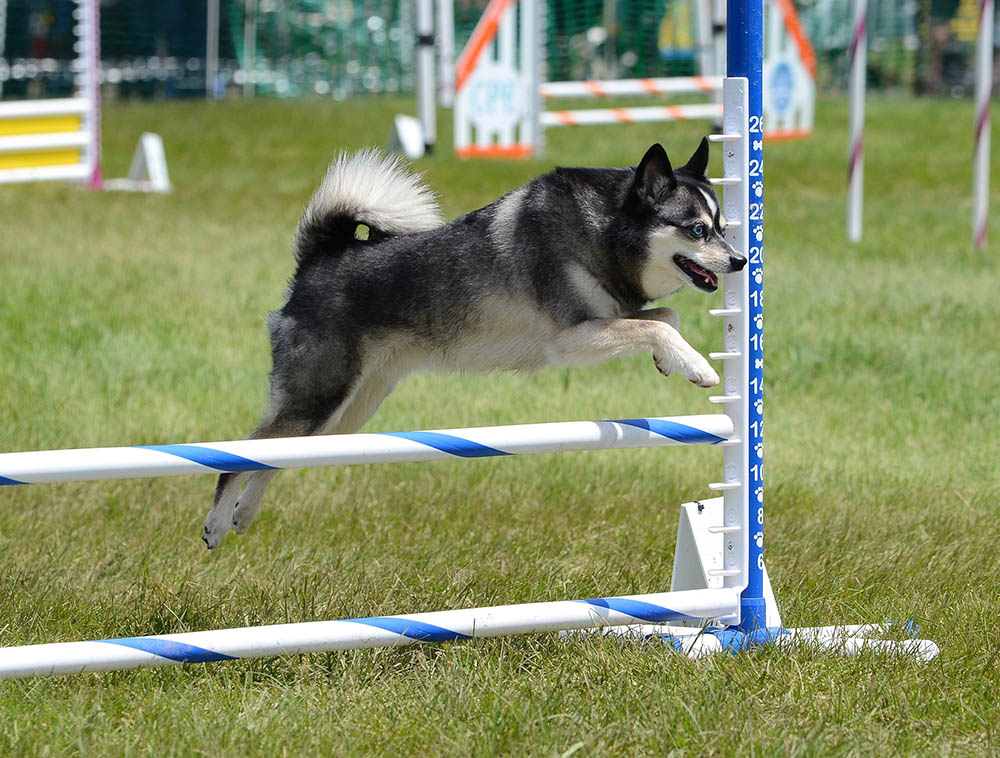
6. Service Training
Service training is the type of training that dogs go through in order to legally perform service work. For people in need, these dogs are valuable tools that make their lives far more comfortable and manageable. Some examples of service training dogs include mobility assistance dogs, hearing dogs, guide dogs, PTSD dogs, diabetic alert dogs, and many more. The dog will need specialized training for one condition; they are chosen with certain characteristics and temperaments and it can take years of training to fully prepare.
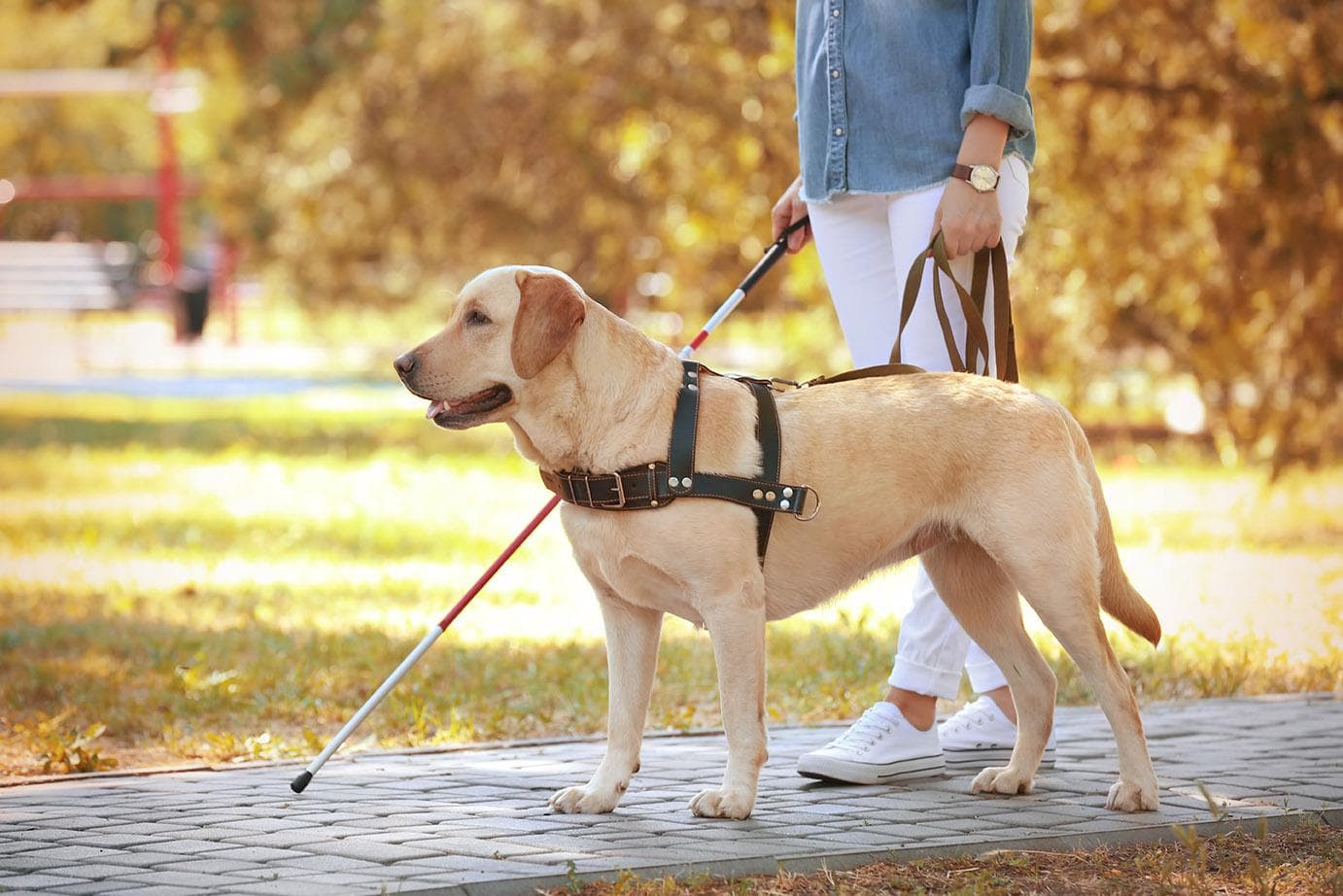
7. Protection Training
Protection training teaches dogs to be great guard dogs and protectors. The dog will need to have certain natural traits that work with such a job, including courageousness, being suspicious of strangers, confidence, and even some independence. Some breeds are better suited for protection training than others, including Doberman Pinschers, German Shepherds, Great Danes, Rottweilers, and Bull Mastiffs.
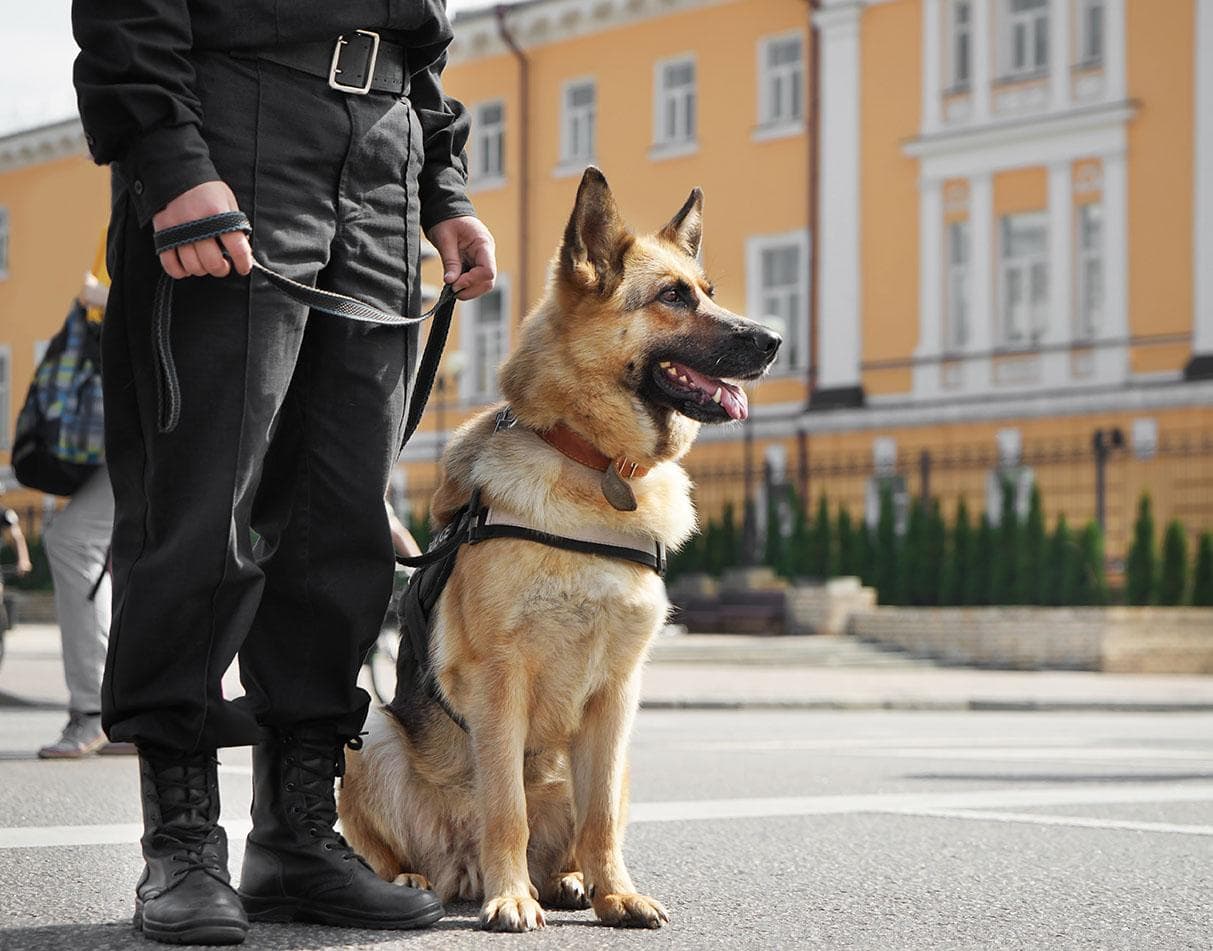
8. Retrieving
If you’re a hunter of certain types of game, a retrieving dog can be invaluable. Once you bring down a duck, rabbit, or similar game, the dog can chase it down or swim out and retrieve it, depending on the circumstances. Retrieving takes a lot of very specific training and certain breeds are best for this task, including Golden and Labrador Retrievers. The dog can’t bite or attempt to eat the animal. They must be gentle with their mouth, and if you’re hunting waterfowl, they often have to swim out to retrieve the downed bird.

Conclusion
They say you can’t teach an old dog new tricks, but it really depends on the dog and the trainer. With the right skills and approach, you can train dogs of any age to perform all sorts of tasks. Dogs can be trained for very specific skills that make them excellent helpers in a wide range of fields.
We’ve covered eight types of specialized training that dogs can undergo, including learning to retrieve, learning to protect, or learning to run agility courses. Some of these are great for a pastime, others allow dogs to help people in important ways. It all goes to show just how strong the connection is between humans and dogs after millennia of side-by-side evolution together.
See Also:
- How to Teach Your Dog to Lie Down: 3 Easy Methods
- Top 15 Hardest Dog Breeds to Train (Based On Studies)
Featured Image Credit: Lois McCleary, Shutterstock

